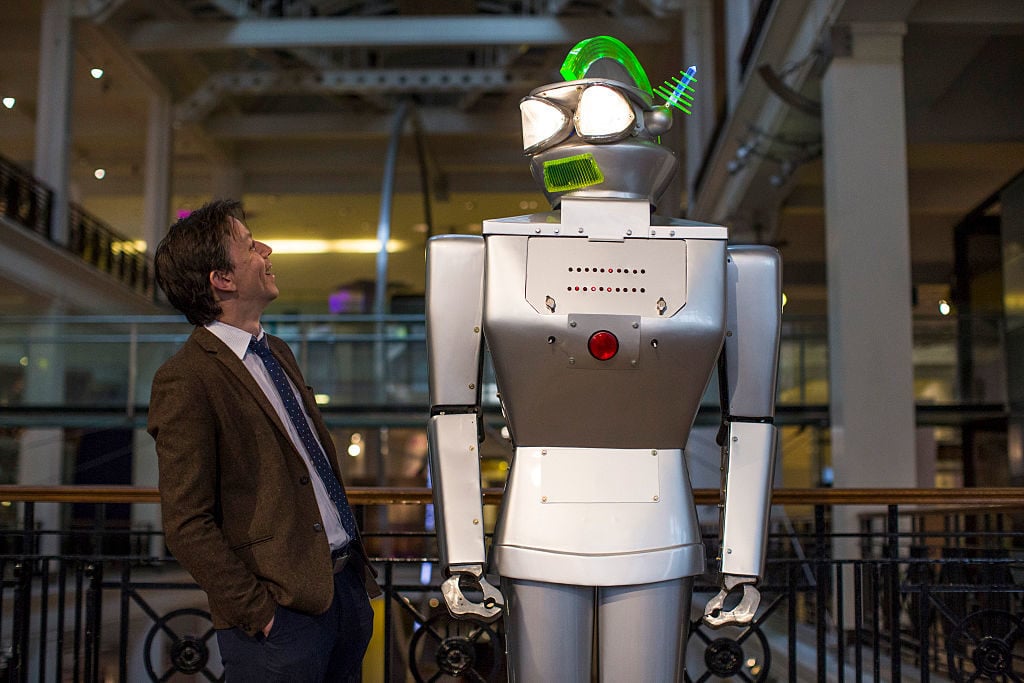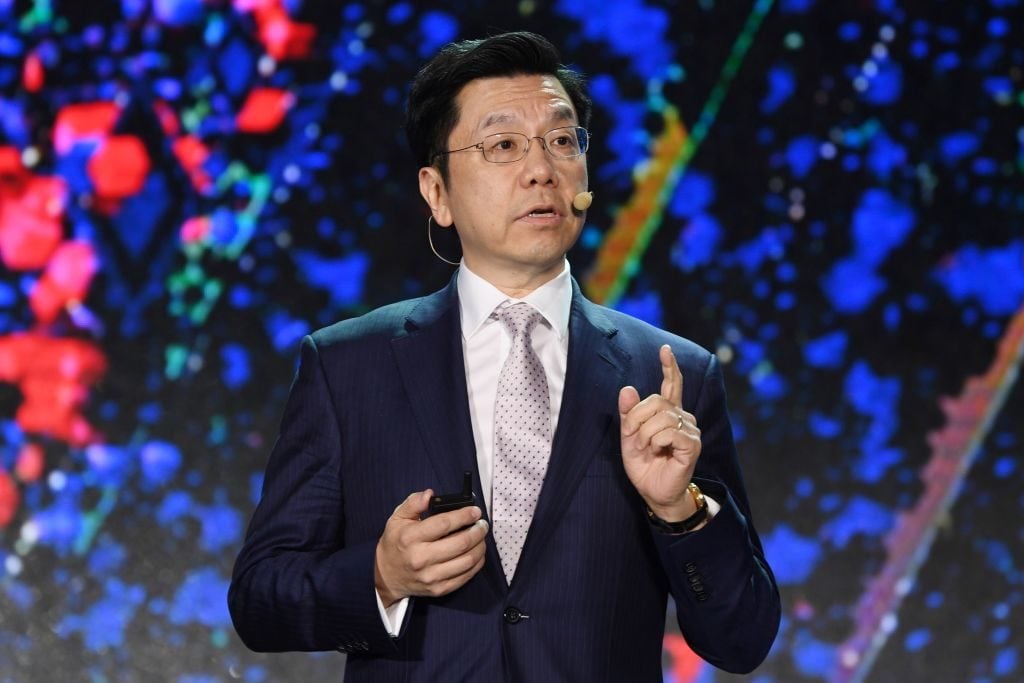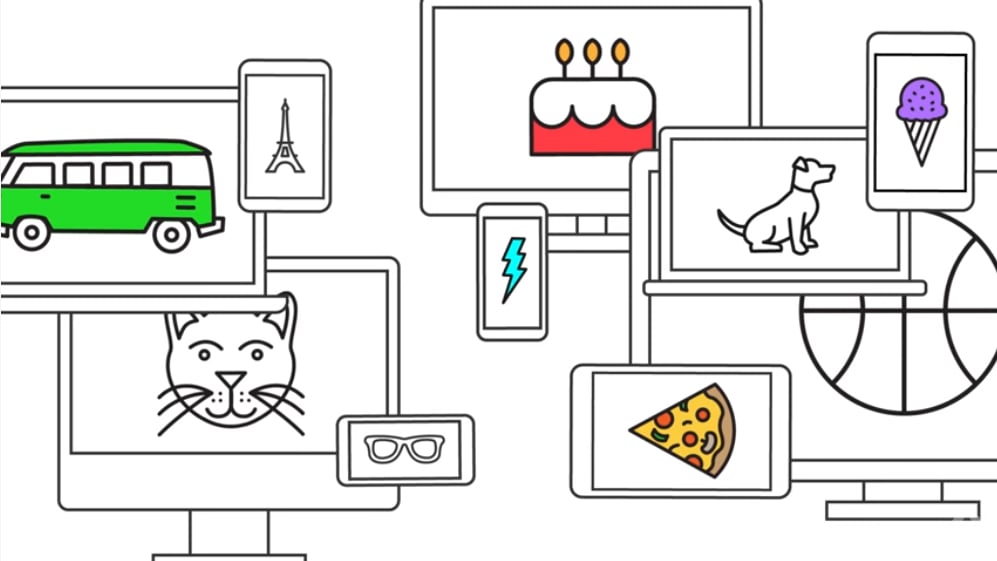Art World
Going to Art School Could Help Save Your Job From the Robots
Could that art degree be more valuable than you thought?

Could that art degree be more valuable than you thought?

Sarah Cascone

After years of being told that it isn’t practical to try and get a job in the arts, art students have a new reason for optimism: Jobs that are available in their field are unlikely to be eliminated as the workforce is increasingly automated thanks to artificial intelligence.
“Art and beauty is very hard to replicate with A.I. Given [that] A.I. is more objective, analytical, [and] data driven, maybe it’s time for some of us to switch to the humanities, liberal arts, and beauty,” venture capitalist and Google and Microsoft alumni Kai-Fu Lee told Quartz. “Maybe professions where it’s hard to find a job might be good to study.”
In 2013, an Oxford study found that computerization could lead to the loss of 47 percent of jobs over the coming decades. Lee sees the potential for a full half of jobs to become automated in the next ten years, as artificial intelligence is increasingly capable of making the simple decisions once handled by receptionists, factory workers, and even bankers and other professions that work heavily with numbers.

Kai-Fu Lee. Courtesy of Greg Baker/AFP/Getty Images.
That art might be immune to such automation is all the more interesting given the promotion of the so-called STEM fields of science, technology, engineering, and math, which supposedly offer increased job prospects to students.
Lee envisions a world where robots are capable of analyzing medical test results, diagnosing and treating patients. The human doctor would be left only to deliver the news, presumably better received from a person than a machine.

Google AutoDraw. Courtesy of Google.
But where technology has made certain strides in AI art—Google’s AutoDraw can turn rough doodles into stock clipart, and the search engine giant has also developed artificial intelligence neural networks that create trippy artwork based on existing imagery—the artist and his ilk are probably not going to be equaled by machines any time soon.
According to STEM Jobs, which aims to help schools develop curriculums promoting STEM, it might be worth expanding the acronym to STEAM, to include the arts. STEM Jobs writes that studying the arts naturally complements the STEM fields, and that “72 percent of employers said that creativity is of primary concern when they are hiring.”
As with President Trump’s currently stalled efforts to eliminate the National Endowment for the Arts, arts funding is often among the first to be cut at US schools, even through, according to STEM Jobs “arts programs engage students, promote creativity, and even reduce high school dropout rates.” Now, with artificial intelligence on the rise, it appears that the arts could help lower unemployment as well—and save us all from our future robot overlords.